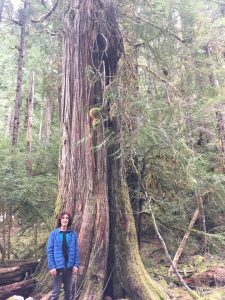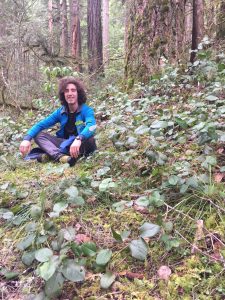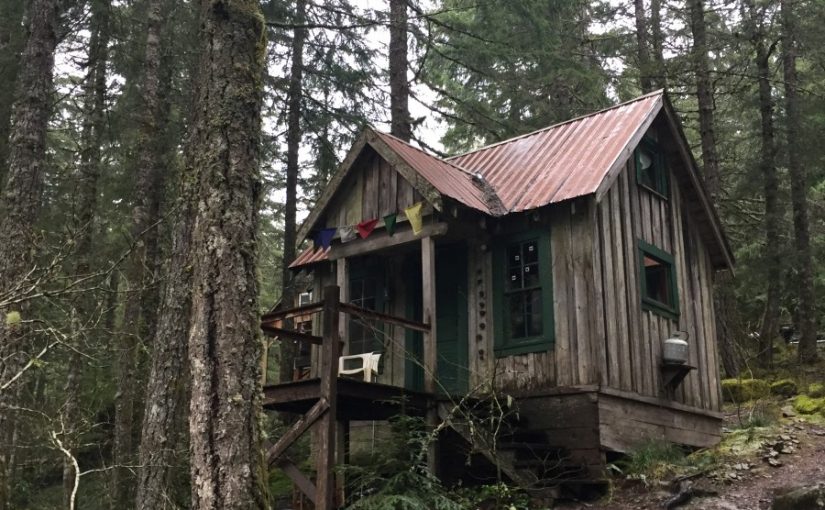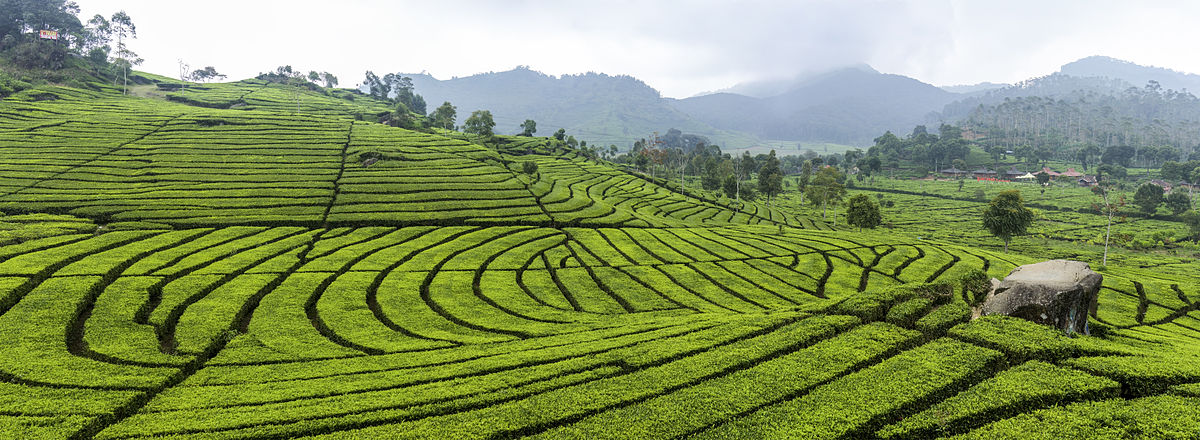Lowland Old-Growth forest in Oregon is a rare environment. Oddly enough, it used to be a dominant feature on the landscape of the Pacific Northwest. The temperate rainforests of The Pacific Northwest were cut to build the cities of the west coast and to provide timber products to the whole of the United States after the eastern and midwest forests were depleted. Timber became the major source of economic growth for the Pacific Northwest. Now, it is a global commodity with a large market in Asia. Raw timber is shipped out of Wahsingtons and Oregons port’s, including the Port of Olympia. Despite the pro-logging advocate’s plea for jobs, employment at the mills is extremely scarce due to automation and cheaper labor across the planet. It is not unheard of for raw timber to be exported to Asia to be milled and then imported back to be sold as processed lumber in America.
I am living in the largest, low-land, old-growth, forest in Oregon. Low-land old-growth is rare because much of the land that is reserved as wilderness is located in the mountains at higher elevations. This is due to the mountainous terrain that makes it harder to extract the timber and other resources.
Old growth forests are characterized by it’s levels of biodiversity. More animal and plant species hold niche space among the ancient trees. It is a place with a lot to teach anyone who can learn how to listen. During Spring Quarter, I will be tuning into the frequency of this unique environment and getting to know the plants that have taken root here.
 Here I am standing on the banks of Opal creek with a very old tree, roughly 400 years old. The Western Red Cedar (Thuja Plicata) is a sacred tree to Native Oregonians. The wood was widely used to weave clothing and craft a variety of tools.
Here I am standing on the banks of Opal creek with a very old tree, roughly 400 years old. The Western Red Cedar (Thuja Plicata) is a sacred tree to Native Oregonians. The wood was widely used to weave clothing and craft a variety of tools.
Sources:
- MacKinnon, A., Pojar, J., & Alaback, P. B. (2004). Plants of the Pacific Northwest Coast. Edmonton: Lone Pine Pub.
- Kelly, D., & Braasch, G. (1990). Secrets of the Old Growth Forest. Salt Lake City: Peregrine Smith Books.
- Ancient Forests: Rage Over Trees [Motion picture]. (1989). USA: National Audubon Society.
- Port of Olympia. (n.d.). Retrieved April 20, 2017, from http://www.portolympia.com/352/What-is-a-Port



